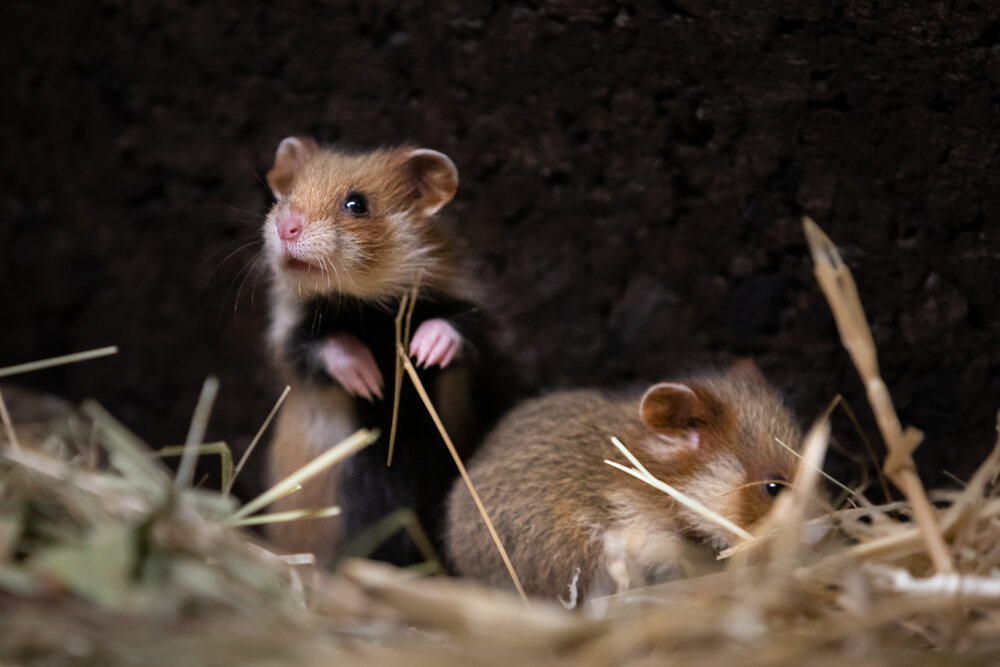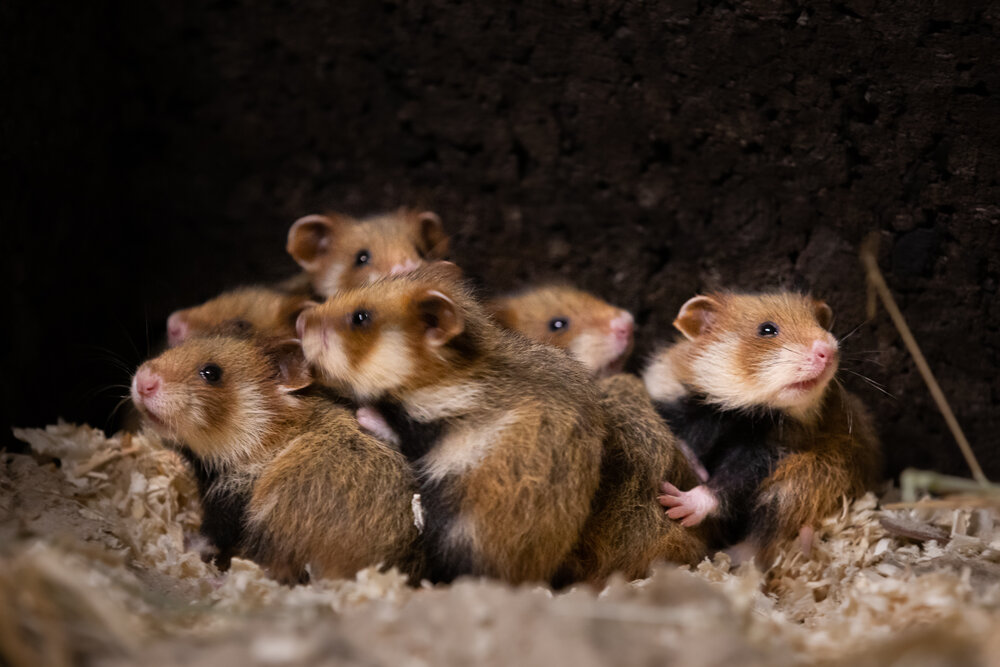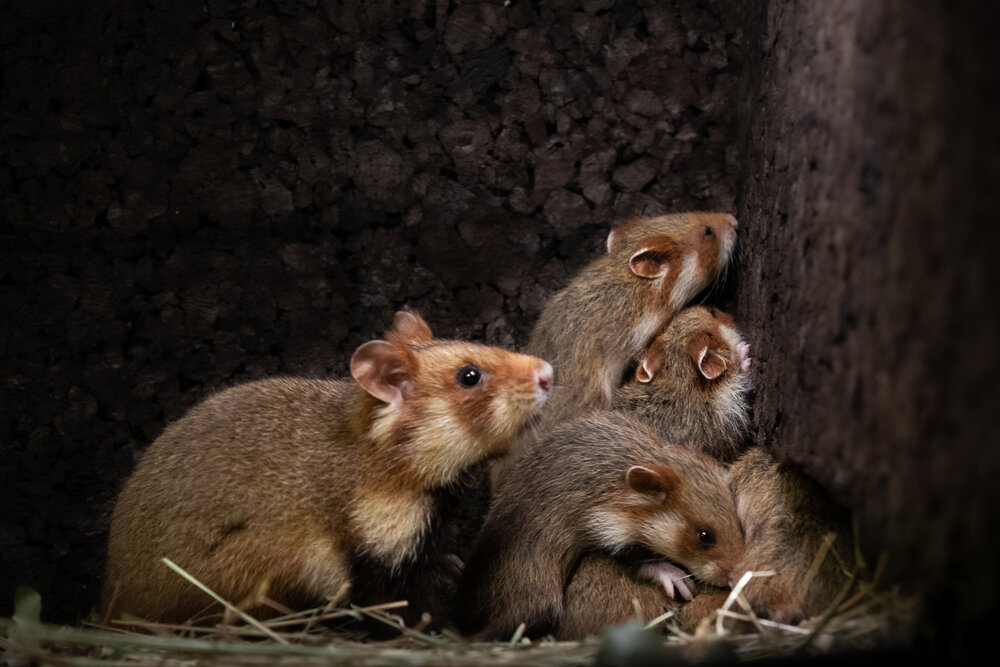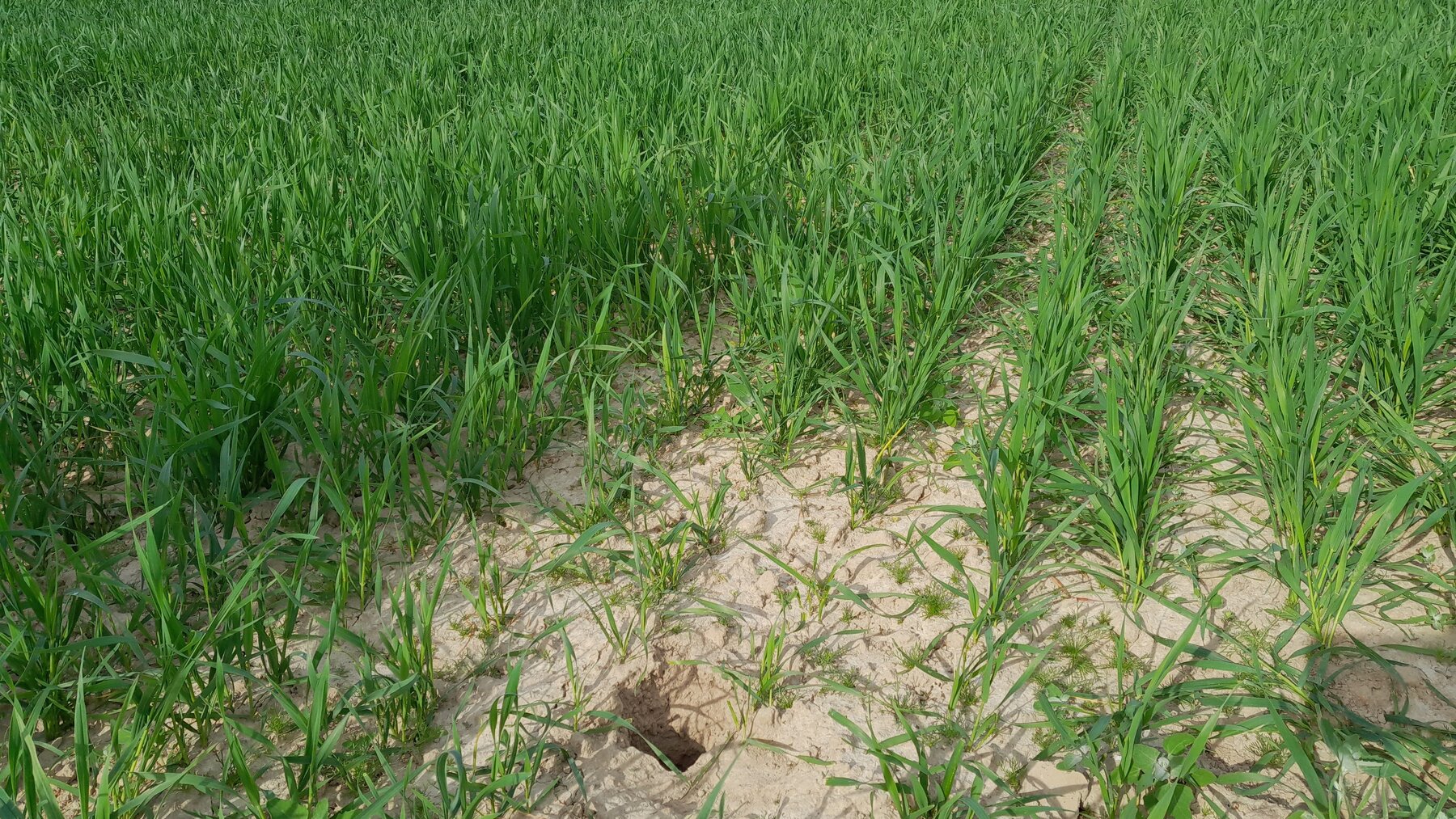
European Hamster
Zoo and Tierpark Berlin are working with European hamster conservation group AG Feldhamsterschutz in the state of Lower Saxony to protect and reintroduce the European hamster in Germany.
Projektinfo
- Project partner
AG Feldhamsterschutz Niedersachsen
- Species
European hamster (Cricetus cricetus)
- IUCN threatened status
Critically endangered (CR)
- Project location
Tierpark Berlin and Lower Saxony, Germany
- Greatest threat
Loss of habitat
- Response
Setting up breeding and reintroduction programmes; preserving natural habitats
Threat Categories of IUCN


European hamsters in Berlin
European hamsters were first kept at Zoo Berlin from 1945 to 1962. Around 59 years later, the lively rodents moved into Tierpark Berlin for the first time – straight into their own breeding and research station. In the intervening years, the European hamster has gone from being a fairly common sight to a critically endangered species.
Wild relatives
Most people in Europe probably only know the more exotic hamster species that are kept as pets, but there is in fact a wild species native to this continent: the larger European hamster, which is roughly the size of a guinea pig. An adult European hamster can weigh up to 500 grams and has a characteristic dark-coloured belly, light brown to grey fur on its back, and white patches on its head and shoulders. Hamsters have built-in grocery bags: elastic cheek pouches that they use to collect grains, seeds and vegetation and transport them back to their burrows. They keep their swag in underground storage chambers to ensure they have a good supply of food throughout the winter months. During hibernation, they visit this pantry in their occasional moments of wakefulness.
From foe…
European hamsters have always been at home on farmed fields. Until the 1970s, they were considered agricultural pests and ruthlessly persecuted as a result. The introduction of highly efficient machinery created even more problems: by stripping the fields right down to the ground and immediately tilling the soil, these machines leave no stubble or ears of corn to provide the hamsters with food and cover. In addition, modern agriculture’s extensive use of herbicides and pesticides prevents the growth of weeds. All that gives European hamsters even fewer opportunities to cross fields in safety, stock up on non-toxic food supplies, and give birth to young undisturbed in their burrows.
...to friend
When the European hamster’s plight came to people’s attention, the persecution gradually began to cease. But sadly, awareness came too late: the loveable rodent is now one of the most endangered mammals in Germany and is already extinct in some states. Scientists estimate there are only 10,000 to 50,000 European hamsters living wild in the whole of Germany. That’s why Zoo and Tierpark Berlin have teamed up with European hamster conservation group AG Feldhamsterschutz in an effort to protect and reintroduce the European hamster in the state of Lower Saxony.
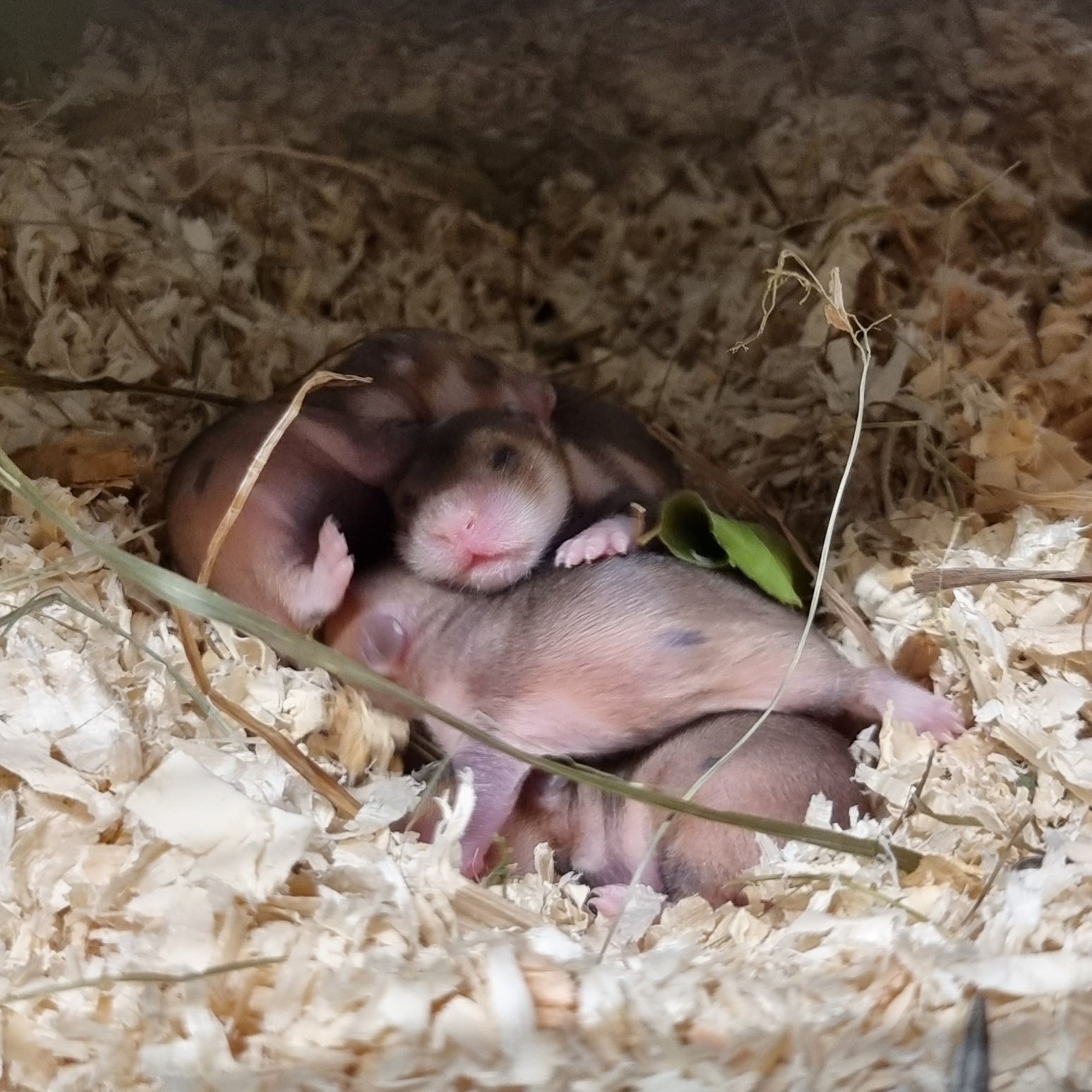
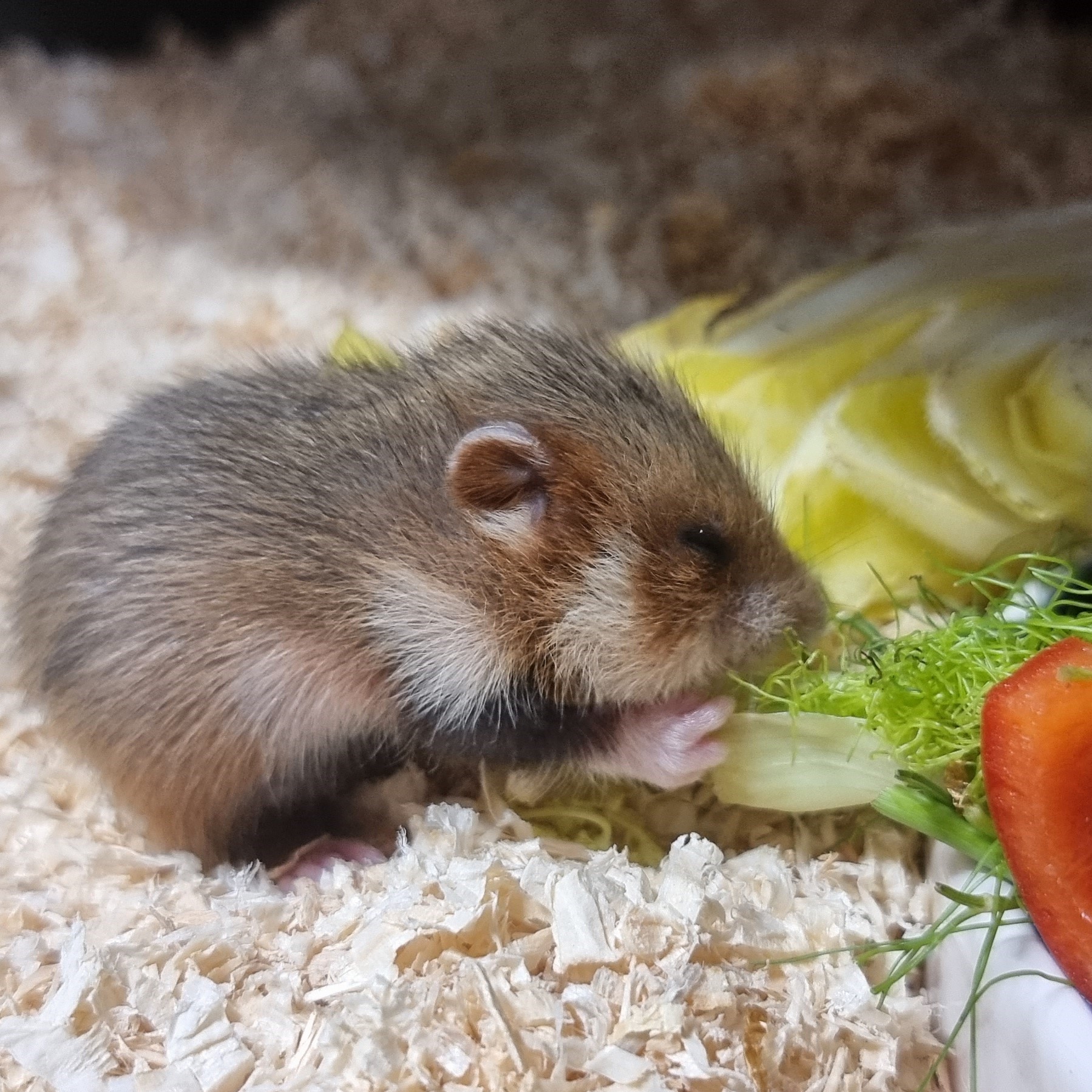
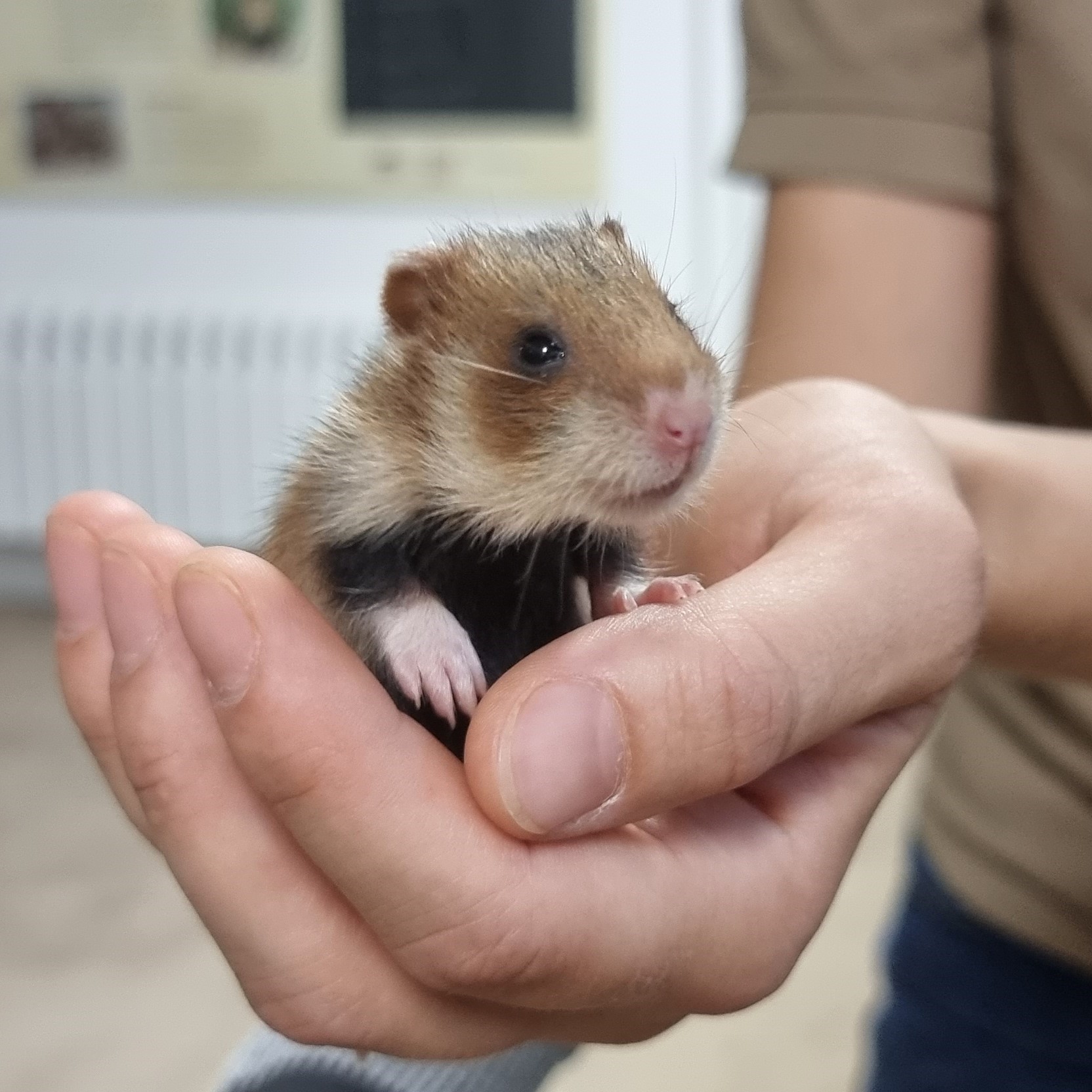
A cosy love nest
Tierpark Berlin is home to a dedicated breeding and research station to help save the critically endangered European hamster. Here, researchers will be able to observe the animals’ behaviour and learn more about the species. The station is located in a quiet area at the back of the Tierpark, as the hamsters need a lot of peace and quiet during breeding season. The pups born in Berlin will subsequently be released into suitable habitats in the hope that they can help prevent the extinction of this increasingly threatened species.
Brighter prospects
Following awareness-raising conversations, more and more farmers in the region have expressed their willingness to work their fields in a more hamster-friendly manner. For example, they will leave strips of grain plants when harvesting in order to provide food and cover for the European hamster. Farmers participating in the pilot project receive compensation for any crop losses and the additional effort involved.
Only through a carefully coordinated combination of conservation breeding, habitat preservation and reintroduction does the European hamster have a realistic chance of survival.
